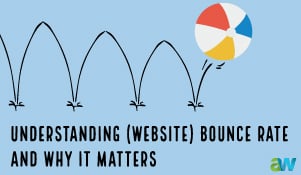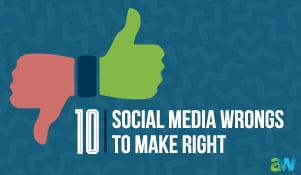As business owners, we often tend to think of sales from the perspective of quotas, sales goals, the number of "leads" generated and converted, and how to get more leads in the door. I'm often asked (by prospective clients) to help drive business through the use of a variety of marketing tactics: social media, digital campaigns, advertising, content strategies, and more. However, I am almost never asked for sales enablement help, when in fact, sales enablement is really where it all starts.
What is Sales Enablement? It's the strategic, ongoing process of providing the sales organization with the information, content, and tools that help sales people sell more effectively. I know what you're thinking - isn't that what those tactics are? And the answer is that they are part of the equation, but only a piece. Sales enablement centers on providing sales people with what they need to successfully engage the buyer at each stage throughout the buying process. It is carefully defined, and involves a joint effort between sales and marketing. It begins with a crystal-clear understanding of who the buyer is and what he or she wants.
Understanding the buyer begins with identifying which buyers are a good fit for each product/service, delineating the sales cycles, and then developing the relevant customer-facing content, sales best practices, and tools to equip the sales people with the information they need to best meet the buyer at each of the sales cycles. Reusable across the company, these materials play a key role in scaling the sales organization.
Four key attributes of sales enablement are:
- Sales enablement is keenly focused on the buyer and on providing sales with the resources the buyer wants. It’s also important to understand at what point in the buying process the buyer wants to leverage these resources. Typically, these resources are information that the sales team provides to the buyer. (There are also information resources that the sales team will utilize internally, like best practices, research, and other tools.).
- Sales people must have clarity about how and when to utilize the resources provided. As such, training is a key component of most sales enablement programs.
- Sales enablement is built on re-usable processes and procedures that are easy to use. In addition to the processes being easy, the resources must be easy to find and apply. Obviously, as with any program, you are only as successful as the utilization rate: your sales team has to actually utilize the program. One way to ensure that this happens is to track whether resources are being used across your organization, and evolve your resources over time—based on what is (and is not) utilized.
- Of course the most obvious component of sales enablement is measuring your efforts and results. Metrics you can track include the average size of closed deals, the number of reps achieving quota, the average sales cycle length, and others.
We'll be taking a closer look at sales enablement over the next 3 weeks. Join us to learn more about how you can implement sales enablement in your organization!









Leave a comment